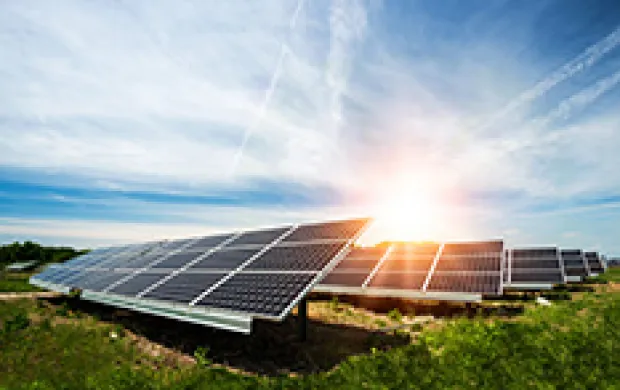How ENERGY STAR Helps Fight Climate Change
Climate change is a real and urgent challenge affecting people and the environment worldwide. Heat-trapping greenhouse gases are now at record-high levels in the atmosphere, compared with the recent and distant past. Both human and natural causes contribute to climate change.
EPA’s ENERGY STAR program helps to protect our climate by reducing energy use—through both energy efficiency and efficient electrification. Reducing energy use cuts down on the greenhouse gas emissions (GHGs) that cause climate change, either by reducing the amount of fossil fuels burned at power plants or by reducing the amount of fuel—such as natural gas—that is burned on-site at homes, buildings, and industrial plants.
So what can you do? ENERGY STAR offers tips and product information to help you do your part in protecting the environment, your family, and your community from the effects of climate change, now and in the future. Use our website to learn how you can save energy and use the links below to learn more about climate change.
Learn More About Climate Change

EPA’s Climate Change Website
Use this page as a jumping-off point to explore climate change, impacts, solutions, and what EPA is doing to address it.

Greenhouse Gas Emissions
Learn about the major greenhouse gases (GHGs) and their sources. You can also calculate your own carbon footprint and see the emissions of facilities nationwide.

Climate Change Indicators
How do we know the climate is changing? EPA partners with more than 50 data contributors from various government agencies, academic institutions, and other organizations to compile a key set of indicators related to the causes and effects of climate change.

Climate Change Science
This is where you’ll find the most up-to-date and accurate climate-science information—including basics, causes, indicators, and impacts. This page also includes answers to frequently asked questions.

What You Can Do About Climate Change
You’re already on the ENERGY STAR website, so that’s a good start! This page explores all the other ways to make a difference through energy, waste, transportation, water, and environmental justice.



